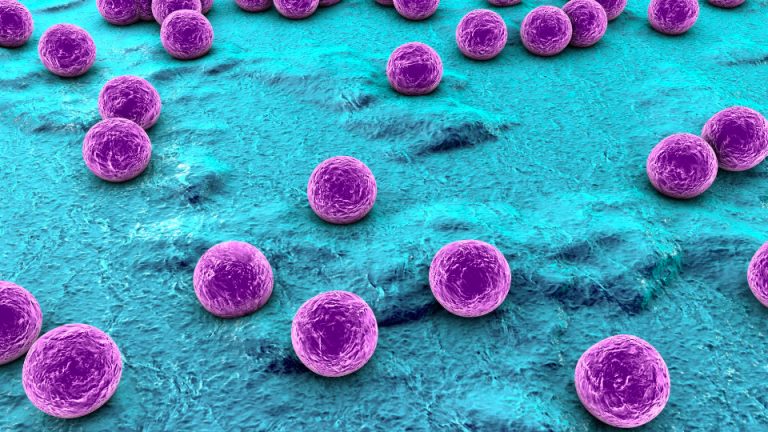
Concrete examples of microbiome-based medicine
In a previous blog post, we introduced you to the human microbiome, gut microbes, and how they can interact with human health. To try to make this microbiome more relatable, and because it is a constantly evolving medical field, we thought we would extend that post with another one more focused on concrete health applications. So here we go!
Prebiotics and inflammatory diseases
Prebiotics are nutrients that are digested by the microbes in the gut, but do not bring direct benefits to the human hosts. In other words, it’s ‘’microbe food’’ that one ingests to help its microbes do their job.
They are commonly used for maintenance of Inflammatory bowel disease (IBD) and Crohn’s disease and have been shown to reduce inflammation.
A simple hypothesis for explaining how that works would be that IBD and Crohn’s are linked with issues in the gut microbes, and that stimulating the growth and activity of the gut microbes in the patient helps reduce the symptoms of the illness.

Probiotics and Type II diabetes
Unlike prebiotics that can be thought of as ‘’food for microbes’’, probiotics are live microbes. In short, instead of strengthening the microbes you already have, you ingest new ones.
Probiotics are commonly used to lower the insulin resistance level in type II diabetes patients.
A simple hypothesis for explaining how that works would be that the difficulty of intaking insulin caused by type II diabetes is linked directly or indirectly to the gut microbiome, and that enriching this gut microbiome restores a bit of the patient’s ability to intake insulin.

Fecal microbiota transplantation (FMT) and C.difficile
Fecal microbiota transplantation is, as the name indicates, the transplantation of fecal microbiota, which means a healthy person donates a stool sample (with healthy microbes), and it is transplanted into the colon of the patient. This is a lot more direct than going through the whole digestive system as we do for probiotics, and is typically used in the case of more serious bacterial infections, such as c. difficile, very common in hospitals.
FMT has a very high success rate (85 to 95%), higher than antibiotics (70 to 80%). The core innovation here is the thought that the best way to fight bacterial infections may be… hiring other bacteria!
Antibiotic resistance
Indeed, antibiotic resistance is a massive issue in modern medicine. The World Health Organization has identified it as one of the biggest threats to global health, food security and development today. Basically, there are more and more bacteria that cannot be targeted with antibiotics. It could happen that a person’s gut would be colonized by many antibiotic-resistance bacteria, eventually preventing treatment of future infections in the gut. In this case, FMT can be used to change the composition of the gut microbiome. Additionally, probiotics have been shown to also help with antibiotic resistance, for similar reasons.

And many more…
There are many other applications of the microbiome in medicine, involving metabolites, microRNAs, sugars and nano-medicine.
You can read more about this in this article:
https://translational-medicine.biomedcentral.com/articles/10.1186/s12967-022-03296-9
You can also listen more in this conference talk by Rob Knight on microbes and healthcare:
https://youtu.be/n1pMOeDu1dM




